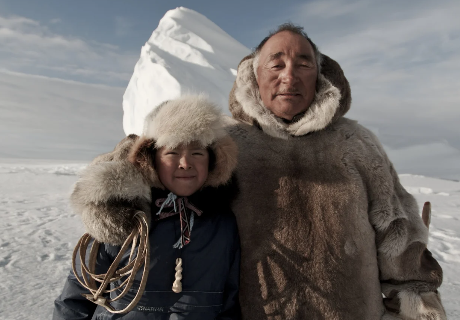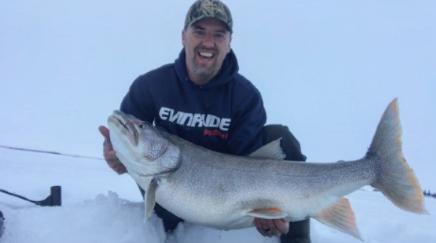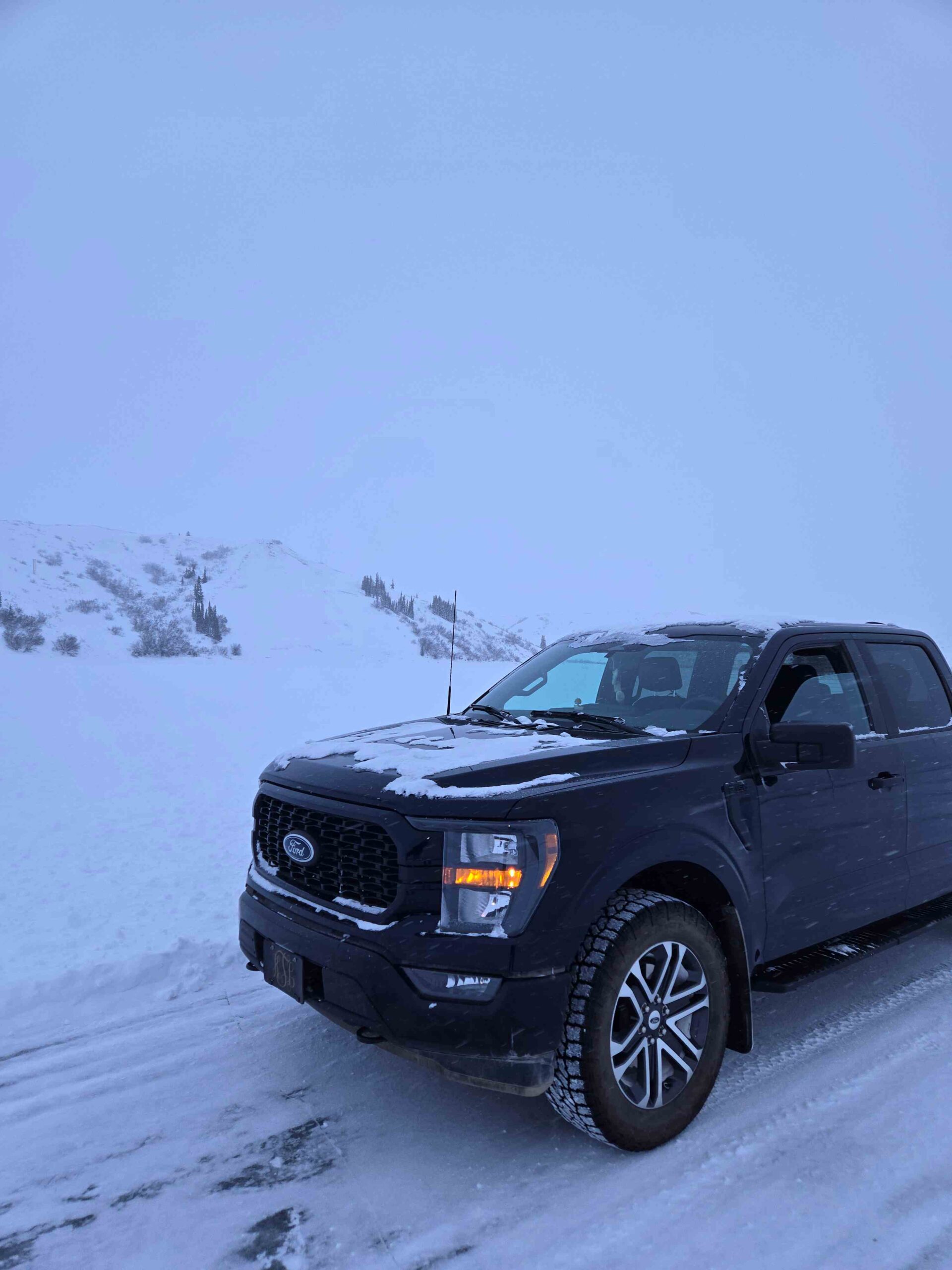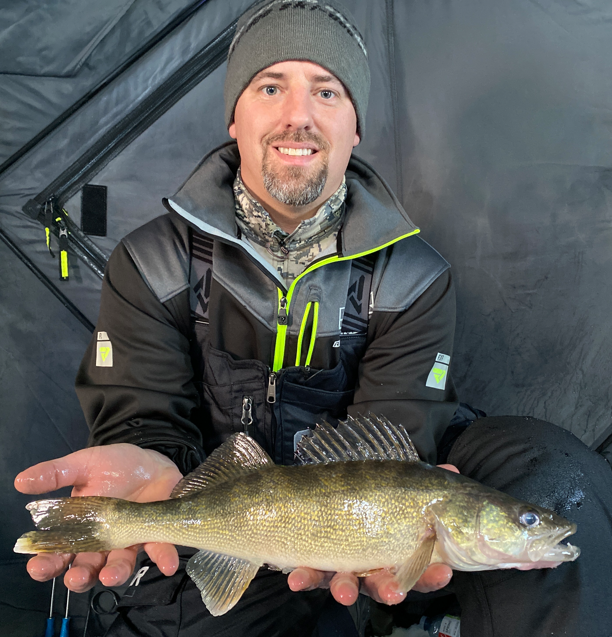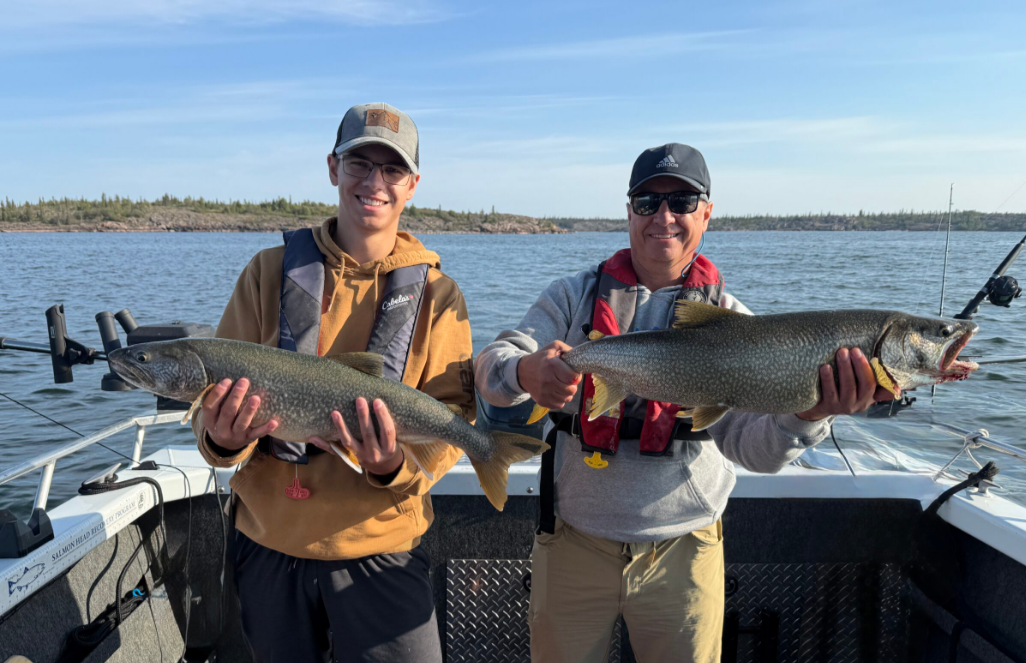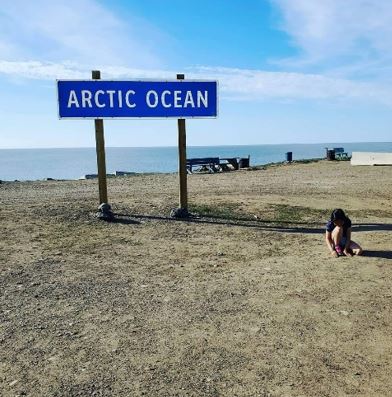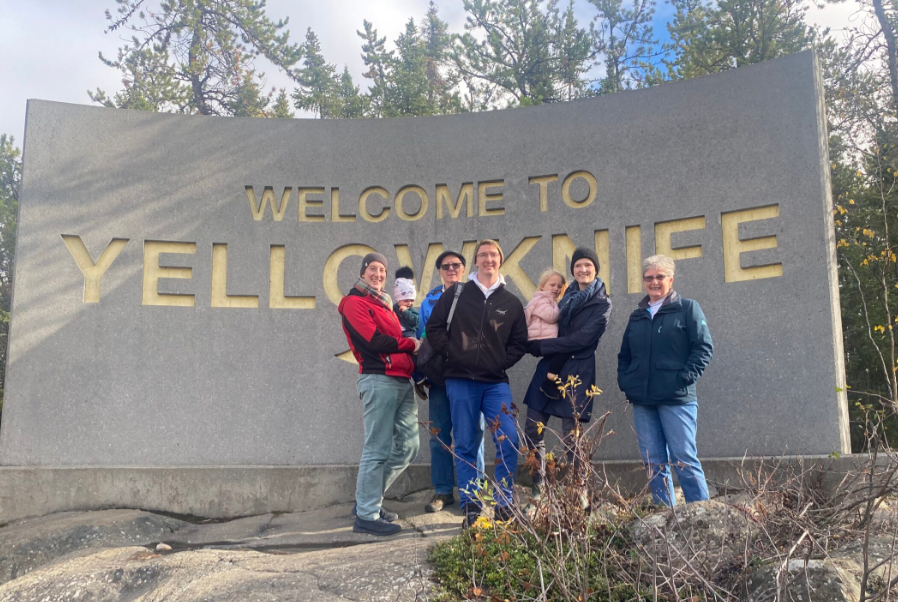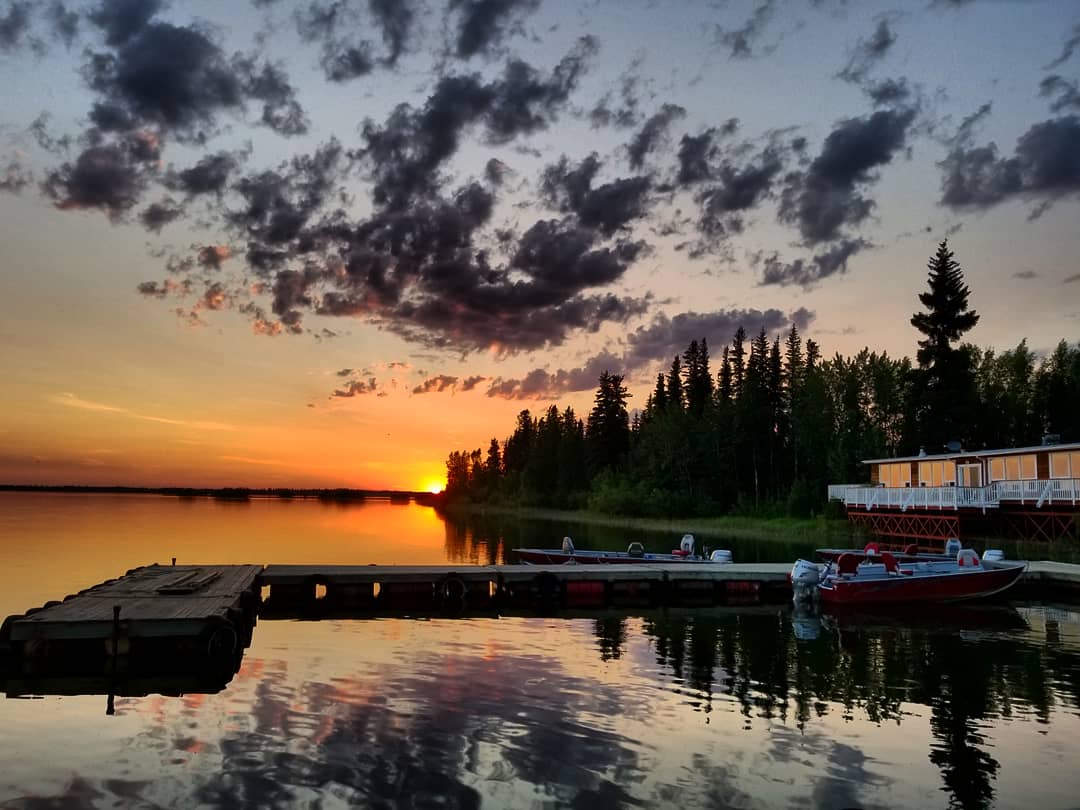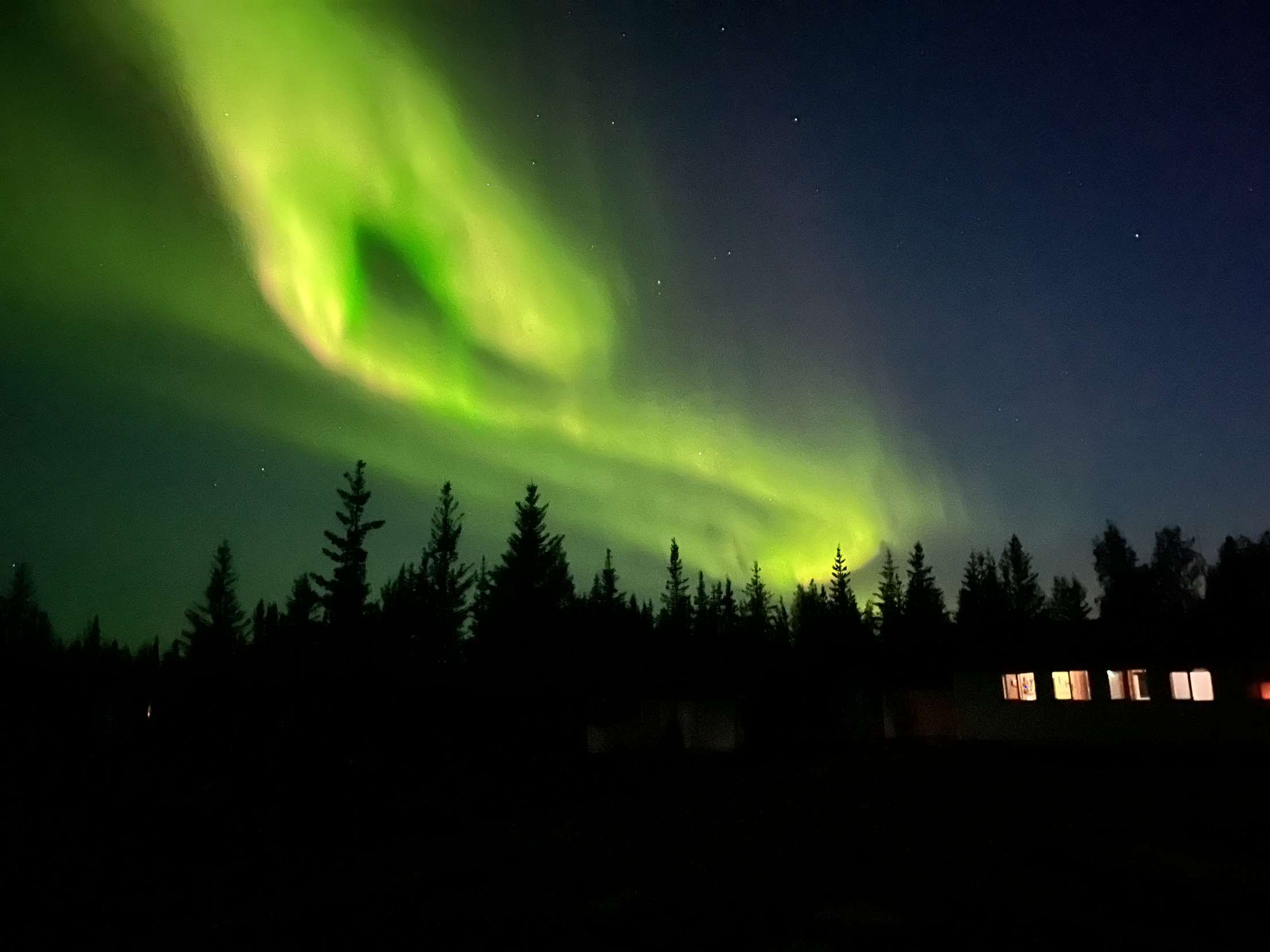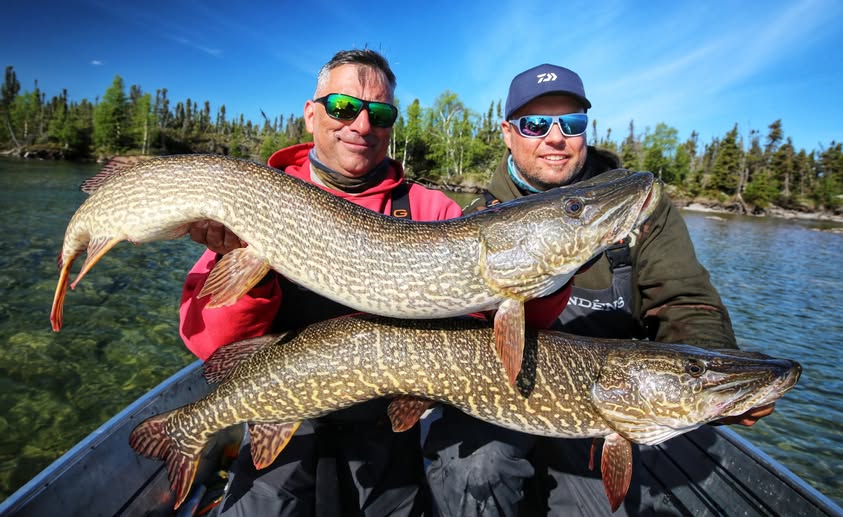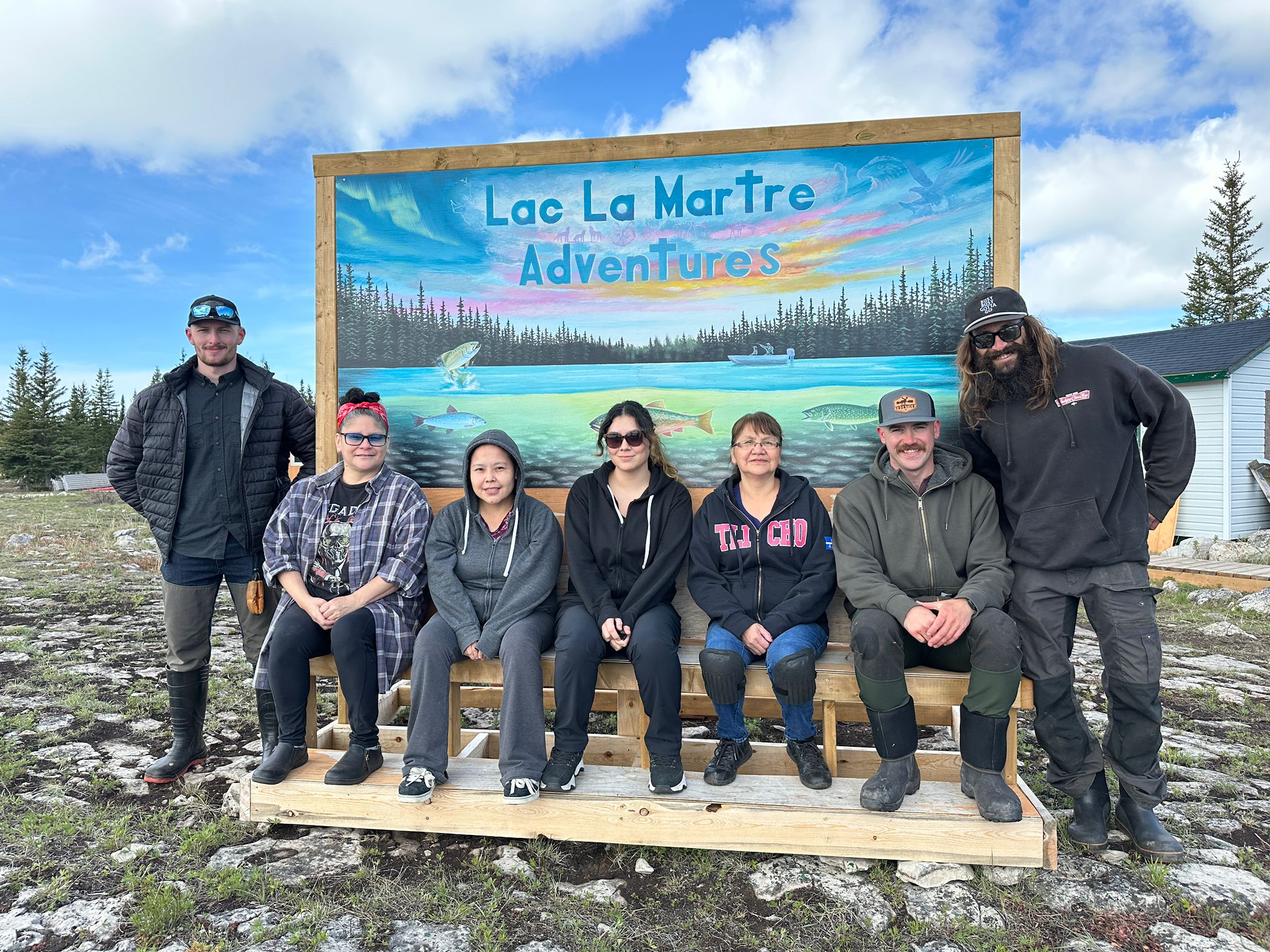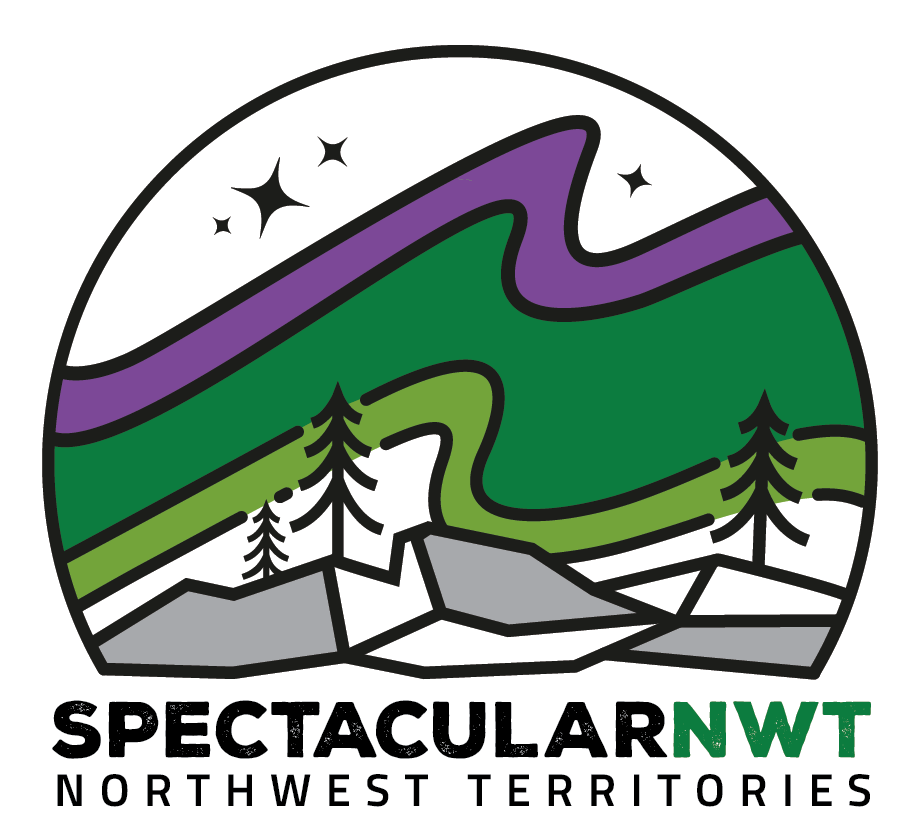You may have heard about the Northwest Territories’ enchanting polar bears, abundant gold mines, gigantic fish, awe-inspiring Northern Lights, and vast endless evergreen forests. But in a territory this big,1,346 million square kilometres (520,000 square miles) to be exact, there’s simply an endless list of experiences to enjoy
Witness the beauty of unique geographical features such as colossal lakes, unclimbable mountains, distinctive pingos, and spectacular rushing waterfalls. Learn more about traditional ways of life, or experience a completely different kind of nightlife under the world’s best Northern Lights. Canoe storied waterways, kayak under the Midnight Sun, or paddleboard your way through a colourful houseboat community.
No matter where your journey takes you, the Northwest Territories is where you will find unforgettable experiences.

























